Quick Navigation
Introduction
Understanding dashboard warning lights in your Mazda 6 is essential for maintaining vehicle safety, as they alert you to potential issues that could lead to accidents or breakdowns. Ignoring these lights might result in costly repairs or compromise critical systems like brakes and airbags, putting you and others at risk. By recognizing and responding promptly, you can ensure proper vehicle maintenance and prevent minor problems from escalating.
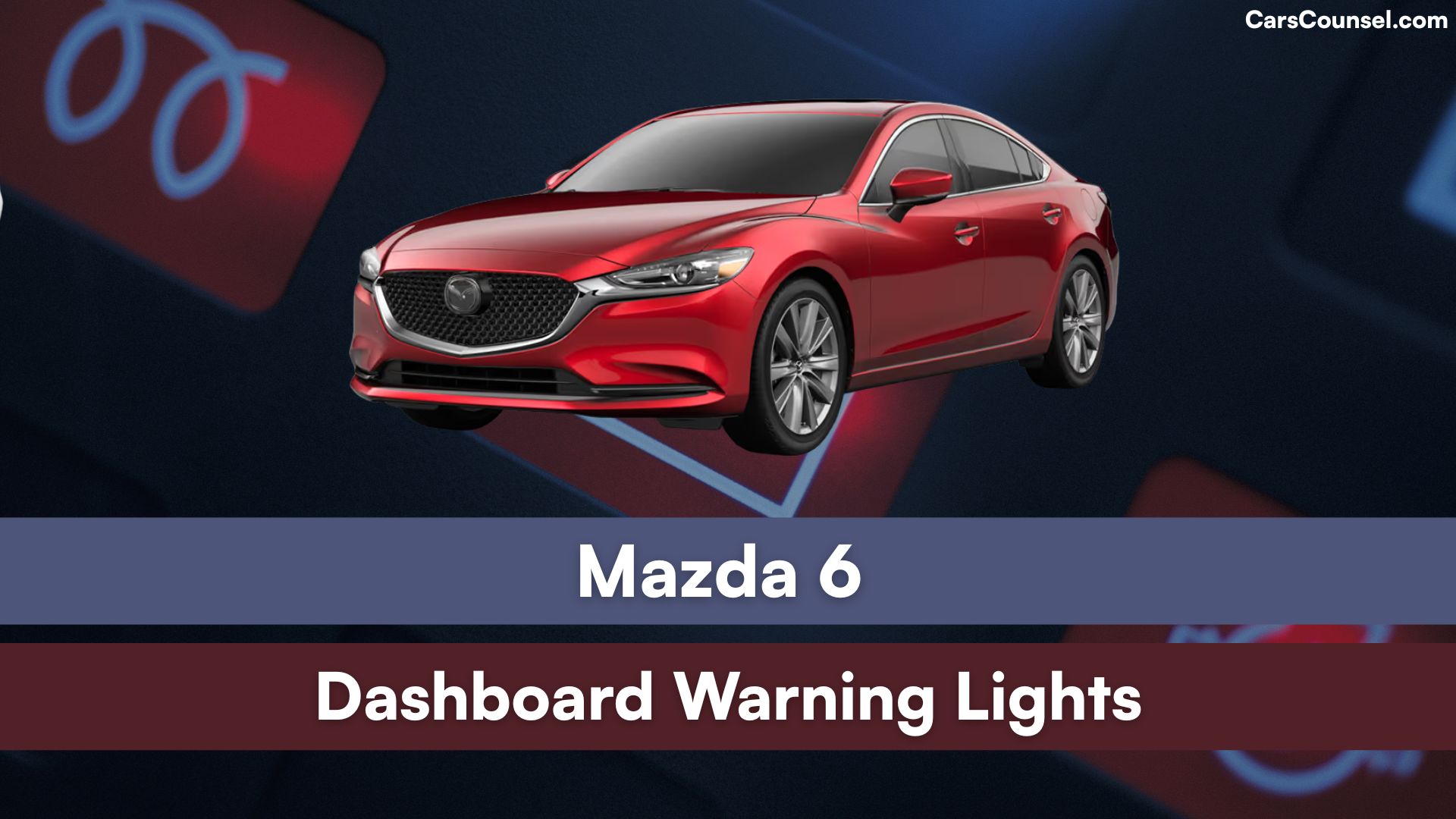
Red (Stop Immediately)
Brake System Warning
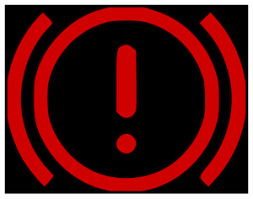
This light signals a serious issue with the brakes, such as low fluid or system failure. Stop the vehicle safely, do not drive further, and call for roadside assistance or a mechanic to inspect and repair.
Charging System Warning
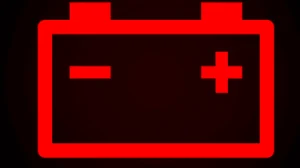
Indicates a problem with the battery or alternator, risking electrical failure. Pull over immediately, turn off the engine, and have the charging system checked by a professional to avoid being stranded.
Engine Oil Pressure Warning
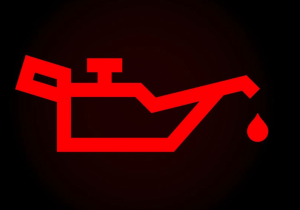
Low oil pressure could cause engine damage from lack of lubrication. Stop driving right away, check the oil level, add if needed, and consult a service center if the issue persists.
High Engine Coolant Temperature Warning
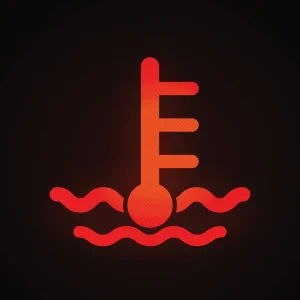
The engine is overheating, which may lead to severe damage. Park safely, shut off the engine to cool down, and seek a mechanic to add coolant or fix the cooling system.
Airbag System Warning

A fault in the airbags or seat belt pretensioners means they might not deploy in a crash. Stop and have the system inspected immediately at a service center for safety.
Brake Fluid Low Warning

Low brake fluid levels can impair stopping ability. Pull over, check fluid levels, top up if necessary, and have brakes serviced without delay.
Power Steering Failure Light

Indicates a malfunction in the power steering, making steering difficult. Stop the car safely and contact a mechanic for repairs.
Transmission Overheat Warning
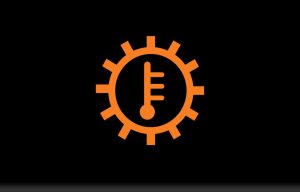
The transmission is too hot, risking damage. Stop driving, let it cool, and take to a service center for inspection.
Seatbelt Reminder (Unfastened)

Alerts if seatbelts are not buckled, increasing injury risk. Stop and ensure all passengers fasten seatbelts before proceeding.
Door Ajar Warning
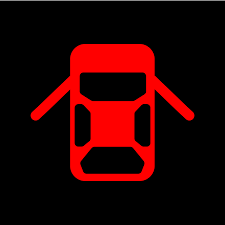
A door is not fully closed, which could be unsafe. Pull over, check and secure all doors, then resume driving.
Engine Overheat Alert
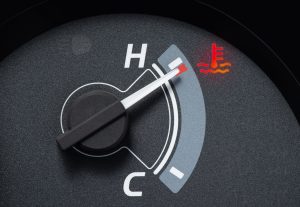
Similar to coolant warning, engine temperature is critically high. Immediately park and turn off the engine to prevent damage.
Hydraulic Brake Failure
Brake hydraulics are failing, compromising safety. Stop at once and seek professional help.
Emergency Brake Engaged
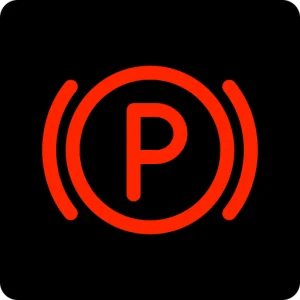
Parking brake is on while driving, which can damage brakes. Stop and disengage the brake.
Yellow/Amber (Action Required Soon)
ABS Warning Light
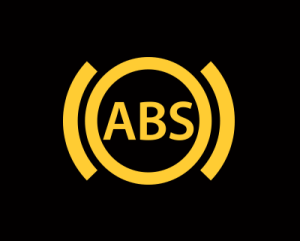
Anti-lock braking system has a fault, reducing braking efficiency in emergencies. Schedule a service visit soon to diagnose and fix, but you can drive carefully.
Check Engine Light
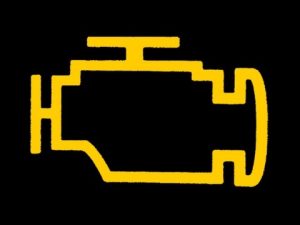
Engine or emissions issue detected, possibly affecting performance. Visit a service center for diagnostics and repairs as soon as possible.
Tire Pressure Monitoring System Light
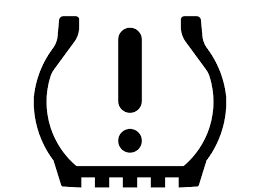
One or more tires have low pressure, risking blowouts or poor handling. Check and inflate tires to recommended levels, reset the system if needed.
Stability Control Light
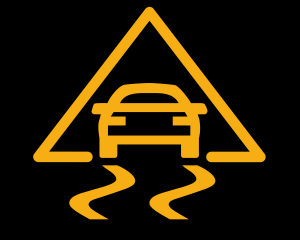
Traction or stability system is malfunctioning, affecting grip on slippery roads. Get it checked promptly to restore safe handling.
Low Fuel Indicator
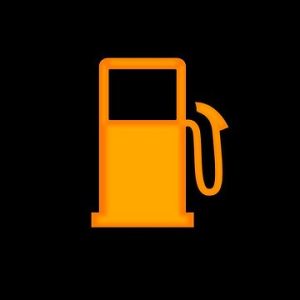
Fuel level is low, risking running out. Refuel at the nearest station to avoid being stranded.
Washer Fluid Low Light

Windshield washer fluid is running low. Refill the reservoir soon to maintain clear visibility.
Transmission Temperature Warning
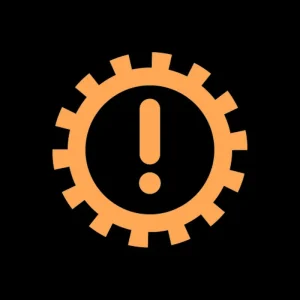
Transmission fluid is warming up or has an issue. Monitor and visit a service center if it persists.
Lane Departure Warning
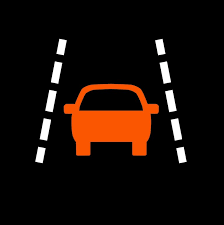
System detects unintended lane drifting. Adjust driving and have the system checked if it activates frequently.
Blind Spot Monitoring Light
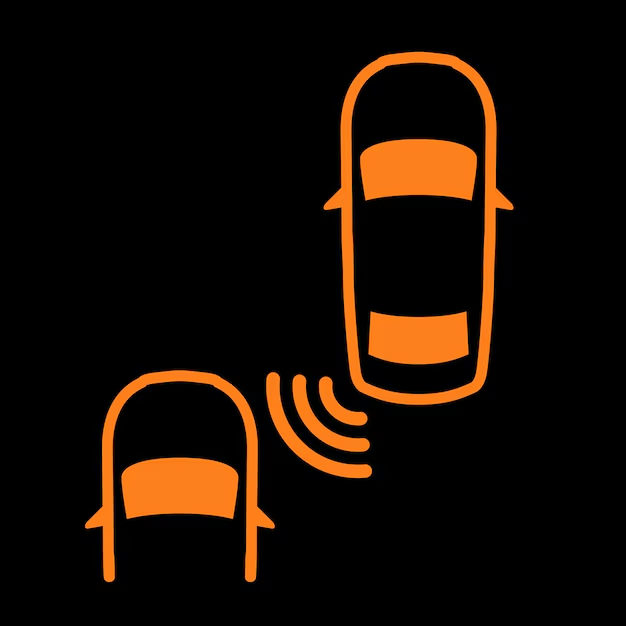
Alerts to vehicles in blind spots; if faulty, it may not warn properly. Schedule service to ensure it works.
Glow Plug Indicator (Diesel)

Glow plugs are heating for cold starts; if it stays on, there might be an issue. Wait for it to turn off or consult a mechanic.
DPF Warning (Diesel Particulate Filter)
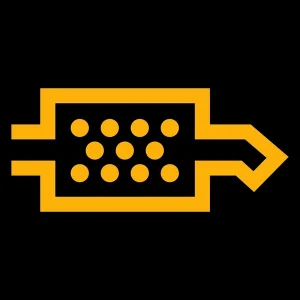
Filter is clogged with soot, needing regeneration. Drive at highway speeds or visit a service center for cleaning.
ESP Warning (Electronic Stability Program)
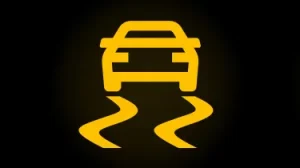
Stability control is off or faulty, reducing vehicle control. Turn it on or get serviced soon.
Brake System Alert (Non-Critical)
Minor brake issue like wear. Have brakes inspected at your next service.
Maintenance Reminder
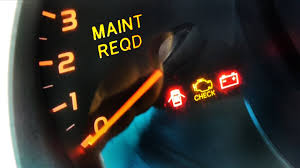
Vehicle is due for routine service like oil change. Schedule an appointment soon to keep it in good condition.
Green (Information Only)
Cruise Control Active
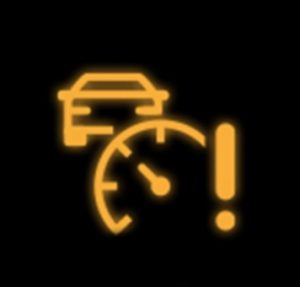
Cruise control is engaged, maintaining set speed. No action needed; monitor road conditions.
Exterior Lights On

Headlights or other exterior lights are active. Turn off when not needed to save battery.
Fog Lights Indicator

Fog lights are turned on for better visibility in fog. Switch off when conditions improve.
Turn Signal Indicator
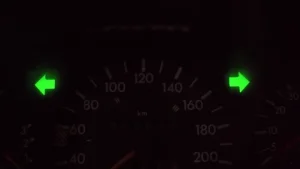
Signals are flashing to indicate a turn. Ensure they turn off after maneuvering.
High Beam Headlights

High beams are on for better night visibility. Dim them for oncoming traffic.
Automatic High Beam Active

System is automatically adjusting high beams. No action required.
Eco Mode Engaged
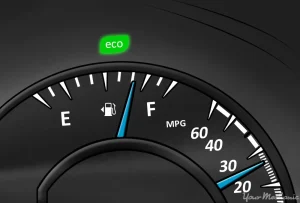
Fuel-saving mode is active, optimizing efficiency. Drive as usual or switch off if preferred.
All-Wheel Drive Active

Power is distributed to all wheels for better traction. Information only; no action needed.
Auto Idle Stop Indicator
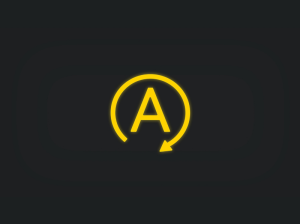
Engine temporarily shuts off to save fuel. It will restart automatically.
Daytime Running Lights
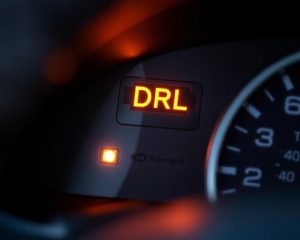
Lights are on for daytime visibility. They operate automatically.
Seatbelt Reminder (Fastened)

Confirms seatbelts are buckled. Information for safety awareness.
When looking at Mazda, make sure to check out our guides on models like the Mazda BT-50, Mazda CX-30, Mazda CX-5, and Mazda 2. Understanding dashboard warning lights is essential. Our expert reviews break down what each light means, highlighting common alerts for these models and what they could signal about underlying issues, so you’re never left guessing behind the wheel.

